6 crafty kick drum programming and processing tricks you didn't know about
Tart up your kicks with these nifty manoeuvres, from reverb and reversal to multisampling and delay
Compression and EQ are standard issue tools when attempting to make bass drums sound big, punchy and up-front. When you want to take your kicks to a different place altogether, however, the rather more glamorous likes of reverb, delay and filtering can be brought into play, as well as direct audio editing and sample manipulation.
In this tutorial, we'll show you six processing techniques that can be called on to add interest and character to any kick drum. Use them as is, or as starting points for your own wild sound design adventures. Learn more about kick drum programming and editing in the April 2019 edition of Computer Music.
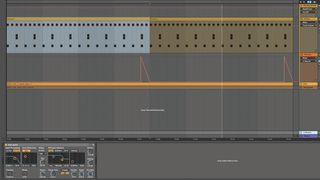
Step 1: Broadly speaking, reverb should only be applied to kick drums in very small amounts, unless you want to quickly overwhelm the bottom end of the mix. However, as a spot effect for punctuating the end of a phrase, a single, heavily reverbed kick can work wonders. Load up your plugin of choice and automate a send to it at the point of impact.
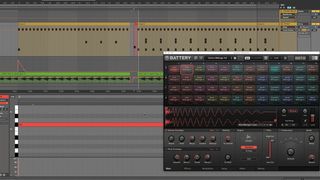
Step 2: A reversed kick drum can make for a great, subby ’whip’ into a drop or break. Double up the kick drum cell or note in your sampler, reverse the duplicate and trigger it to lead into the first kick of the drop. You may need to play with the sample start and end points, and note position, to get it perfectly in time.
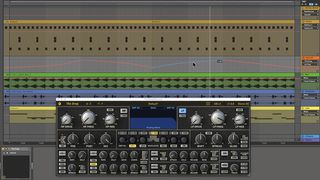
Step 3: Now let’s look at a few ways to make a kick drum line sonically shift as it progresses. First, the good old low-pass filter. Throw your filter plugin onto the kick channel, then either automate the cutoff frequency to rise and fall as befits the choon, or modulate it with an LFO in free running mode.
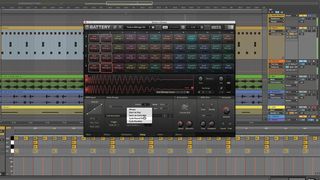
Step 4: For elastic kick drum programming, load multiple kick drums into your sampler and assign them all to the same note or separate velocity layers on the same note, then set the trigger mode to ‘round robin’ for predictable cycling or ‘random’ to leave the triggering selection to chance. We’ve picked related kicks, but disparate ones yield interesting results.

Step 5: For a weird, evolving kick drum, fire up a synth set to a bass preset, and layer it on your sampled kick, triggered by the same short notes. Now use slow LFOs, randomisers and whatever else you fancy to modulate obviously audible parameters like wavetable position, noise osc pitch, PWM and filter cutoff. Mix the resultant fluctuating sound in over the sample.
Get the MusicRadar Newsletter
Want all the hottest music and gear news, reviews, deals, features and more, direct to your inbox? Sign up here.
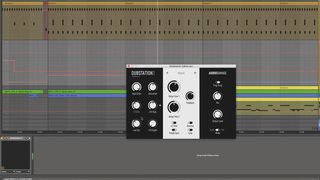
Step 6: Last but not least: delay. A simple ping-pong delay makes a great partner to the drop reverb described earlier, while regular stereo delay can be used to turn a 4/4 kick drum part into a wild channel-bouncing groove. Play around with delay times, feedback, filter settings and mix levels, and try thinning the triggering notes out if things get out of hand.
Computer Music magazine is the world’s best selling publication dedicated solely to making great music with your Mac or PC computer. Each issue it brings its lucky readers the best in cutting-edge tutorials, need-to-know, expert software reviews and even all the tools you actually need to make great music today, courtesy of our legendary CM Plugin Suite.

"If I wasn't recording albums every month, multiple albums, and I wasn't playing on everyone's songs, I wouldn't need any of this”: Travis Barker reveals his production tricks and gear in a new studio tour

“My management and agent have always tried to cover my back on the road”: Neil Young just axed premium gig tickets following advice from The Cure’s Robert Smith











